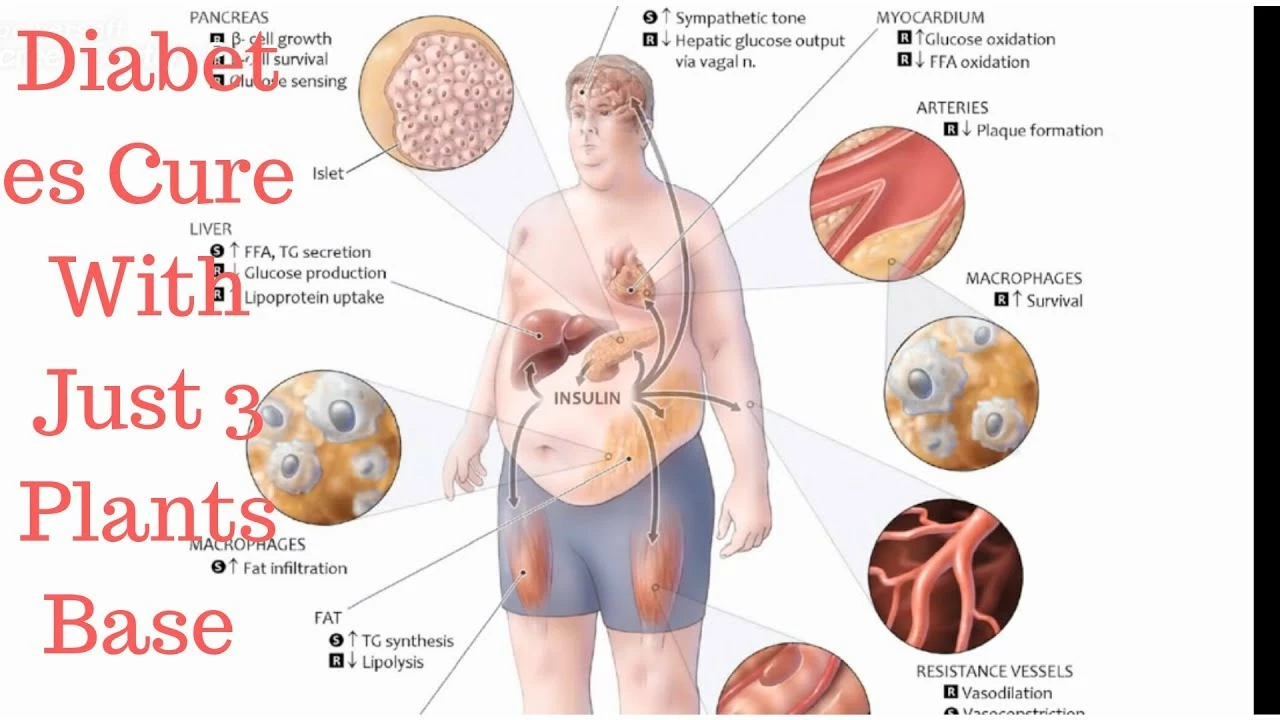Metabolic Syndrome: What You Need to Know Right Now
Metabolic syndrome is a group of common health problems that often happen together and raise your risk for heart disease, stroke, and type 2 diabetes. Think of it as a warning light: if a few markers are off, your long-term risk climbs. The good news is many parts of metabolic syndrome respond well to lifestyle changes and simple treatments.
How it's diagnosed
Doctors look for a combination of at least three out of five signs. The usual thresholds are: waist size (men over 40 inches / 102 cm, women over 35 inches / 88 cm), triglycerides 150 mg/dL or higher, low HDL cholesterol (less than 40 mg/dL in men, less than 50 mg/dL in women), blood pressure 130/85 mmHg or higher, and fasting blood sugar 100 mg/dL or higher. These cutoffs can vary slightly by guideline and by ethnicity, but they give a clear checklist you can discuss with your clinician.
Practical steps to lower risk
Start with small, specific changes you can keep doing. Aim to lose even 5% of your body weight — that alone can improve blood sugar, blood pressure, and cholesterol. For many people this means cutting back on refined carbs and added sugars, increasing vegetables and whole grains, and choosing healthy fats like olive oil, nuts, and fatty fish.
Move more. Target 150 minutes a week of moderate activity (brisk walking, cycling) plus two strength sessions to help build muscle and improve insulin sensitivity. Sleep matters too: aim for consistent 7 to 9 hours and address sleep apnea if you snore or feel very tired during the day.
If you smoke, quit. If you drink, keep it moderate. Both smoking and excess alcohol make metabolic markers worse. Also check stress and mood — chronic stress raises blood sugar and blood pressure for many people, so simple habits like brief daily walks, controlled breathing, or short talks with a counselor can help.
Medications are sometimes needed. Metformin can help with high blood sugar and insulin resistance. Statins reduce cardiovascular risk when cholesterol is a problem. Blood pressure medicines, fibrates or omega-3s for very high triglycerides, and targeted treatments for specific issues may be appropriate. Talk with your clinician about what fits your situation — medications are tools, not replacements for lifestyle changes.
Keep an eye on your numbers: waist measurement, fasting glucose, lipid panel, and blood pressure at regular checkups. If you have one or two risk factors, act now — they often build on each other. If you already have three or more, a clear plan with your healthcare team can cut your risk and improve how you feel.
Explore related articles on this site for deeper info on blood sugar, cholesterol, and safe medication choices. If you have symptoms like chest pain, sudden shortness of breath, or fainting, seek immediate care.

As a blogger, I recently explored the connection between Allopurinol and Metabolic Syndrome. Allopurinol is a medication commonly used to treat gout and high uric acid levels. Interestingly, research has shown that it may also have positive effects on Metabolic Syndrome, a cluster of conditions that increase the risk of heart disease, stroke, and diabetes. Studies have suggested that Allopurinol can improve insulin resistance and reduce inflammation, which are key factors in Metabolic Syndrome. This fascinating connection highlights the potential for Allopurinol to be considered as an additional treatment option for those struggling with Metabolic Syndrome.
Chris Gore Jun 3, 2023




